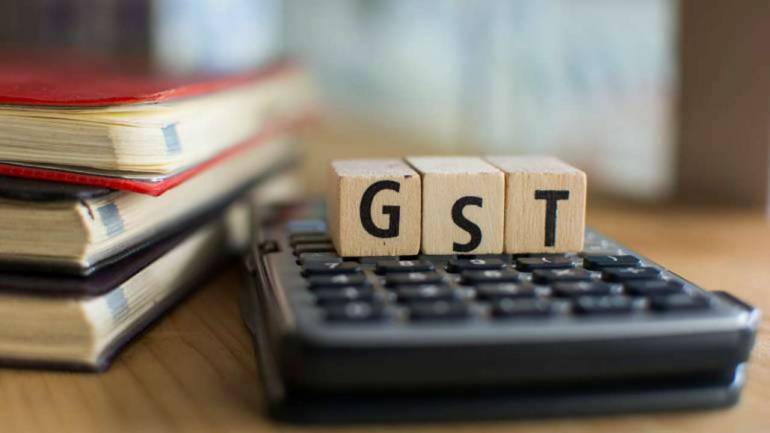Sachin Menon, The initial hiccups are out of the way as the new Goods and Services Tax (GST) has settled down considerably. Now, it is time for phase II, which marks the near completion of two years of the new regime and the second term for the National Democratic Alliance (NDA) government.
This phase is expected to take up many unfinished agenda, reforms, simplification of compliance procedures, rationalisation of tax rates, increasing scope and coverage of the levy and synchronisation of data across statutes.
As a stepping stone to the next stage, the GST Council in its previous meeting on March 19 had brought down the rate for the residential segment of the realty sector with the condition that input tax credit won’t be available. This could pave the way for the Council to consider rationalisation of principal input for the construction business, that is cement, which is taxed at 28 per cent. A reduction in rate of cement would help negate the impact of higher property prices through denial of tax credit.
Besides, it is important to bring down the overall production cost of the manufacturing industry, especially in view of the government’s ‘Make in India’ initiative. Electricity is one such element which needs to be brought under the purview of GST. Keeping it outside has merely increased the cost of power because of cascading effect of taxes paid on electricity.
Prices of petroleum products are largely impacted by global political and economic factors. However, after the recent rundown in the aviation sector and pressure from various industry bodies, petroleum products are expected to be brought under the GST ambit soon. A dent in the government treasury will probably dominate the manner or rate at which GST would be levied on petroleum products.
Automobile (passenger vehicle segment) is another such sector which has been struggling with less demand, primarily due to high prices and costs associated with maintaining such vehicles. A lower GST on automobiles from 28 per cent to 18 per cent and bringing petroleum products under the ambit could effectively stoke demand and provide necessary boost to the sector.
Apart from sectoral reforms, there are several anomalies with the place of supply (POS) provisions that have forced businesses to shift operations out of India, specifically with respect to cross-border transactions such as performance-based and intermediary services, which the GST Council should look into.
Other challenges the industry has been facing include an increased compliance burden. The new simplified single return filing per month is expected to lighten the compliance burden of the taxpayer by bringing down the number of returns from 24 in a year to 12. The feature of allowing suppliers to upload invoices continuously and correspondingly, letting a recipient to view and claim credit, could help remove mismatches.
Moving on, one of the major reforms on the anvil is introduction of the electronic tax invoice system (e-invoicing). It is expected to curb the increasing tax evasion cases reported since GST rollout. The proposed framework mandates generation of electronic invoices from the centralised government portal for all B2B transactions undertaken by businesses and is expected to be rolled out in a phased manner.
The success of introducing both the simplified single return and e-invoicing system would largely depend on how the GSTN platform is able to process such voluminous data on a continuous basis. It is critical that the government lays down a clear road map and provides an adequate framework for smooth transition and implementation.
Last but not the least, with the recent collaboration of the Central Board of Indirect Taxes and Customs (CBIC) and the Central Board of Direct Taxes (CBDT), and the use of the advance data analytical tools for identifying tax evaders, it can be expected that more such synergy among the Ministry of Corporate affairs (MCA), the Reserve Bank of India (RBI) and ICEGATE (Indian Customs Electronic commerce Gateway) would spot defaulters and evaders across functions.
Published On : 28-06-2019
Source : Money Control

